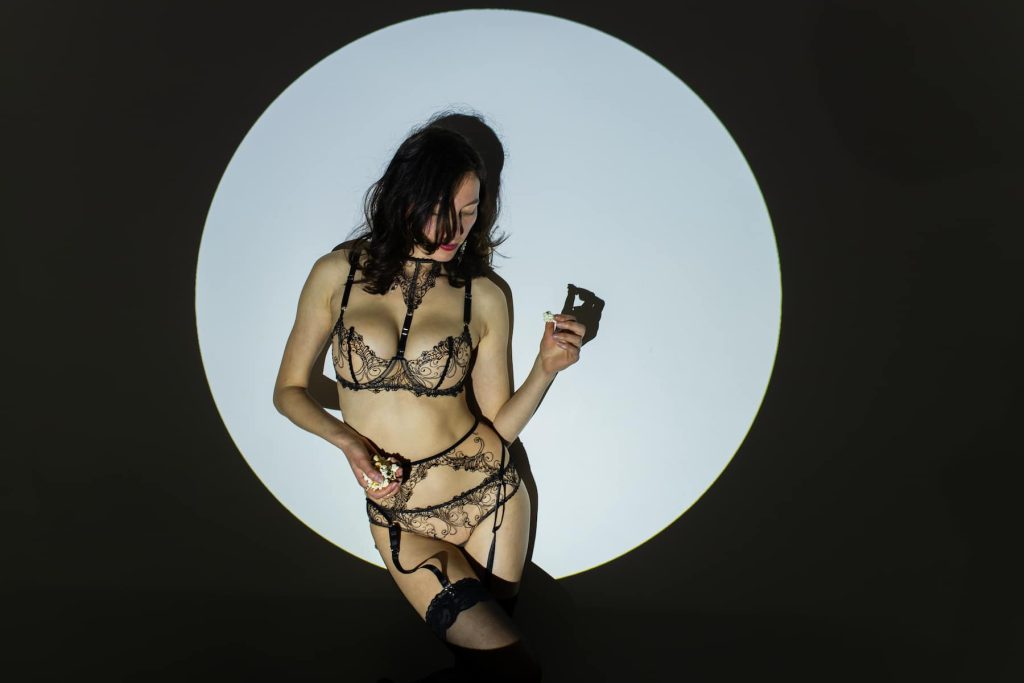In the beginning, love often feels effortless. There is a sense of ease, curiosity, and spontaneity. But as time passes, even the most genuine connection can feel pressured or strained—not because the love has faded, but because we begin trying too hard to control its direction. Harmony in relationships isn’t something we can force or schedule into existence. It unfolds naturally when both people feel safe, respected, and emotionally attuned. Like water finding its course, love flows best when it’s allowed to move freely, without the weight of expectation or rigid timelines. True harmony is not a fixed state; it’s a process of moving together—sometimes fast, sometimes slow—always with care.
How to Stop Forcing Connection and Let It Evolve
Modern relationships are often built around the desire for certainty and control. We look for guarantees of commitment, clarity of roles, and answers to emotional questions we barely know how to ask. While boundaries and communication are essential, there is a fine line between nurturing a relationship and over-engineering it. Forcing connection—pushing for closeness when one or both people aren’t emotionally ready—can actually create distance instead of intimacy.
Allowing love to evolve naturally means letting go of the need to fix every dip in energy or emotion. It means giving each other space to breathe, to reflect, and to grow individually without fear of disconnection. Natural harmony happens when both partners trust the rhythm of the relationship enough to not panic when it slows down or shifts. Just as a stream may meander before it finds its way, relationships benefit from patience and emotional flexibility.
Trying to force feelings, speed up vulnerability, or chase “the spark” can backfire. Instead, a healthier approach is to cultivate presence. Be there. Notice what your partner is feeling without trying to change it. Offer warmth without demand. The relationship, in turn, becomes a space where authenticity thrives—not because everything is perfect, but because it’s allowed to be real. In that realness, connection deepens.

Erotic Massage as a Symbol of Fluid, Unspoken Bonding
One of the most intimate ways to practice natural, flowing connection is through erotic massage. When done with presence and consent, it becomes more than a physical act—it becomes an experience of nonverbal trust and bonding. Unlike many forms of intimacy that carry pressure or expectation, erotic massage invites softness, stillness, and mutual surrender. There is no script to follow, only the energy and emotion of the moment.
Erotic massage is not about performance. It’s about giving and receiving with awareness, moving with your partner’s breath, and responding to subtle cues. This shared experience mirrors the essence of flowing together—it asks both partners to be open, intuitive, and present, without the need to define what the moment “should” be. Touch becomes a conversation in sensation, where words aren’t necessary because the feeling is understood.
In this space, trust is deepened. Tension is released. Emotional and physical walls soften. Erotic massage offers a sacred pause from the noise of daily life, where connection is reawakened through mindful intimacy. It reflects what love feels like when it’s not being forced, but simply allowed to express itself—gently, attentively, and in rhythm with the needs of both people.
Trusting the Process, Not Just the Outcome
So much of our anxiety in love stems from an obsession with outcomes. We want to know where the relationship is going, whether we’re “doing it right,” or how to prevent it from falling apart. While it’s natural to desire security, focusing too much on results can distract us from the present moment, where the true work of connection takes place.
Trusting the process means letting the relationship unfold without trying to control every step. It means accepting that some days will feel magical, others uncertain, and that both are part of the journey. It means having faith that love, when nurtured with kindness and mutual respect, will evolve in its own time and way.
Natural harmony doesn’t require constant intensity or declarations. It lives in the quiet consistency of being there for each other, showing up with curiosity, and adapting to change with grace. It thrives when both people stop chasing perfection and start embracing presence. It grows when love is treated not as a problem to solve, but as a flow to join.
When two people allow themselves to move freely through the natural currents of closeness and space, joy and conflict, discovery and stillness, they create a partnership that is resilient and real. Flowing together is not about finding the perfect rhythm—it’s about learning to dance with whatever music life plays, side by side.